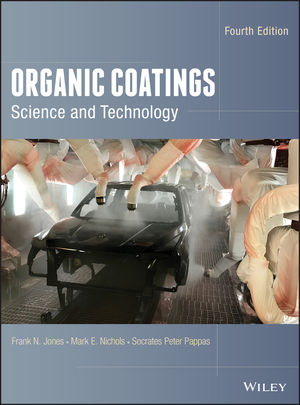Is Calibration Really Necessary?

With modern electronics, calibration seems like an unnecessary expense. But several factors are involved and must be considered to make the correct decision.
-
Is the instrument maintained in good condition, free from dirt, mishandling, temperature extremes and impact damage?
- Has the instrument been checked on a secondary standard on a regular basis?
- How critical is the measurement to the process?
- How much tolerance is allowed in the measurement?
Let’s take a closer look at each factor.
- Many instruments lead a rough life. Even with the rugged construction of modern electronic equipment, instruments used on the production floor usually get very dirty inside. Optical instruments utilize a light source, lenses and other optics along with a detection system to make accurate measurements of products. Dust or fingerprints on the lenses will reduce light throughput. Rough handling or dropping the instrument can lead to misalignment, cracked lenses and loose optical components. On the other hand, meters used in a clean, laboratory environment stay clean and are generally handled with greater care.
- It is important to have a good standards program in place and to use secondary standards on a regular basis to verify the operation of the meter.
- The appearance of a product is often a significant factor in the overall quality of the product. An out-of-spec instrument can result in a variable or incorrect product sent to your customers.
- What is the allowable tolerance within a given production process? If it is only a few units, it becomes critical to verify that the instrument used to check that process is operating to specification.
Once you have evaluated your specific situation, a decision on how often the calibration check should occur can be made. Generally, the recertification interval is set at one year. If the environment is clean and no out-of-tolerance condition is noted following certification checks, then think about increasing the interval to two years. But if every year the instrument is found out-of-tolerance, then it is time to shorten the interval to every six months.
Who should perform the recertification? There are many certification labs that are perfectly equipped for certification of multimeters, thermometers, calipers and other popular test equipment. But for glossmeter, hazemeter and spectrophotometer calibrations, there are very few that bother to invest in more than just a few test tiles. In essence, these labs are doing nothing more than reading a checking standard and printing a calibration certificate if the instrument reads within whatever tolerance they choose. This is nothing more than can easily be done in-house with the purchase of your own checking standard.
As a manufacturer of precision appearance measurement equipment, BYK-Gardner’s service center is fully equipped to perform a complete calibration. Factory-trained technicians disassemble each instrument, check for loose or damaged components, then thoroughly clean and reassemble them. Each instrument is then checked against a full range of standards and run with proprietary software that adjusts the instrument to optimum operation. Calibrations are performed in an environmentally controlled area to assure consistent results. These tools are not used by third-party calibration companies due to their cost and complexity.
Case Study

|
| Figure 1 Click to enlarge |
A BYK-Gardner micro-tri-gloss was recently received for service. The user was concerned that he had just had the instrument “calibrated” by a third-party company, but he suspected the readings were not correct. Our customer sent us the instrument less than three weeks after the third-party calibration.
Note the amount of dirt on the lenses. The haziness observed in the photo is light reflecting off of the dust layer behind the lenses. This can only be removed by disassembling the glossmeter.
We also found the glossmeter had a cracked 85° lens. Correcting these issues required several hours of disassembly and cleaning to restore it to functionality. Without the proper training and experience, the third-party company was unable to correctly service the glossmeter. Having the meter checked and certified by the manufacturer would have saved this customer hundreds of dollars and eliminated the need to recheck thousands of dollars worth of questionable material tested while the glossmeter was not working correctly.
Calibration on a regular interval assures consistent measurements and consistent results. By staying with the original manufacturer for calibration services, the highest quality of performance can be expected throughout the instrument’s lifetime.
Looking for a reprint of this article?
From high-res PDFs to custom plaques, order your copy today!




